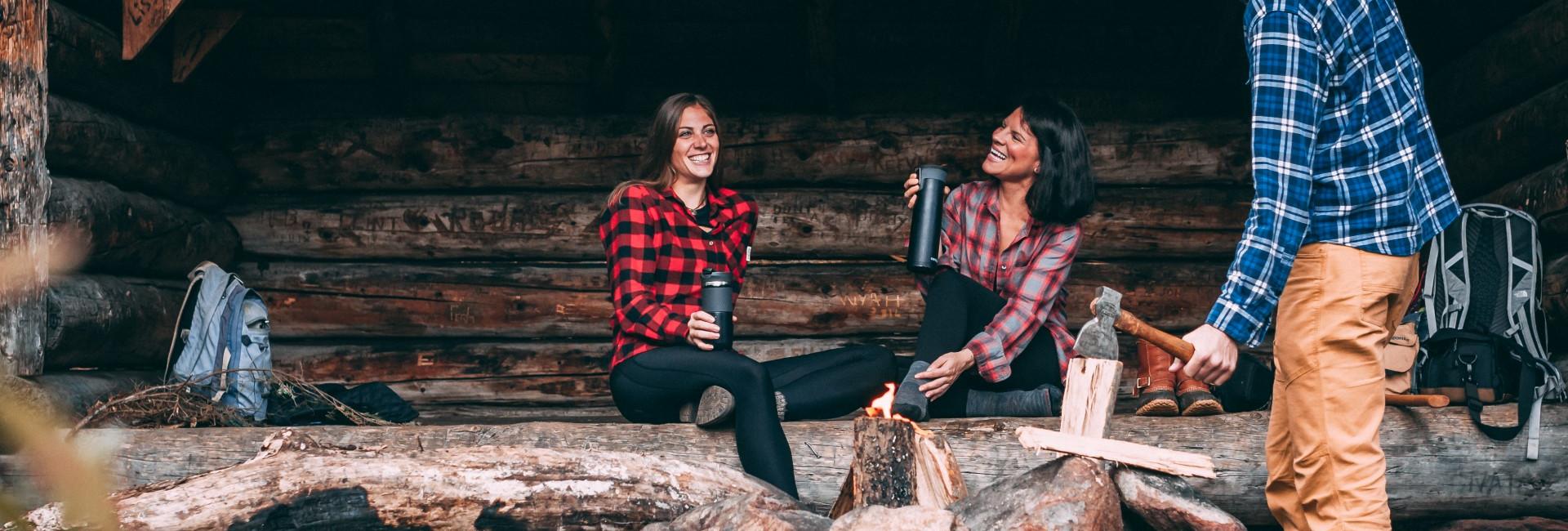It’s the middle of the night, and there’s a rustling outside of your tent. It could be a mouse scuffling its way through the leaves, or it could be something much bigger — an Adirondack black bear. Luckily, you stored all of your food properly and the gentle, lumbering animal will soon be on its way, right? Let’s talk about that for a minute.
Why follow bear safety guidelines?
Black bears only become a nuisance when they have access to human food, so the best way to protect them, and your breakfast, is to follow some of the DEC’s simple guidelines while visiting the Adirondack backcountry.
Even if you’re a seasoned backpacker, you might be surprised to learn that some things have changed over the years, so it’s worth your time to watch the videos below so you can stay current on the best bear safety practices. And if you’re new to camping, definitely take a few minutes to learn how to properly handle food in the woods. It’s easy, and you — and the bears — will have a better experience!
Where to begin
We recently talked about bear safety and backcountry camping with Erin Hanczyk, a spokesperson with the New York State Department of Environmental Conservation. For tips on how you can have a safe and enjoyable Adirondack backcountry trip while protecting our bears and forests, watch the videos below.
Bears need food too
They just don’t need yours! In the video below, Erin explains how to create a camp triangle. It’s the DEC’s recommended method for keeping people, bears, and food safe.
While you were sleeping…
Bears are more active from dusk to dawn, so eating early and properly disposing of your food waste can help lessen your chances of encountering a bear.
For more information on bear safety, visit http://www.dec.ny.gov.

